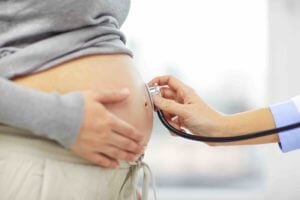Of course, you are allowed to drive a car during pregnancy. After all, being pregnant is not an illness. However, you should be aware that the special circumstances may also affect your participation in traffic.
Table of contents
Driving In Early Pregnancy
You are in a hormonal frenzy. Not so easy, because mood swings can affect your driving. Feelings of nausea, or fatigue, can make you overlook hazards. If you urgently need to go to the toilet, you may unconsciously drive more aggressively.
So if you are suffering from severe pregnancy symptoms, you should consider participating in traffic.
Relaxed Driving
In general, it is better to drive carefully. Abrupt braking and acceleration, not only drive up your pulse, but also that of your baby. Listen to your body and drive only when you don’t find it stressful.
Driving Shortly Before The Birth
In the last trimester of pregnancy, expect your abdominal girth to restrict you. Your legs may also be unusually strained.
If possible, refrain from long trips.
Safety First!
Even if you find it more comfortable without the tight seat belt, you should not do without it. Unbuckled, your abdomen will bounce against the steering wheel in the event of an accident.
A three-point seat belt is recommended. This must be tight. The part running over the pelvis should be routed as low as possible below the abdomen.
More Comfort With A Pillow
If you are heavily pregnant, but do not want to give up driving, take a small pillow with you. Since you are not the first to worry about driving with an unborn child, there are special seat cushions on the market.
Let Yourself Be Driven
According to gynecologists, it is better for women to be a passenger only six weeks before the birth. Someone can also accompany you in the car. This can be reassuring if you need a break, or if it suddenly starts to happen.
Take Breaks
A short walk in between, can work wonders.












